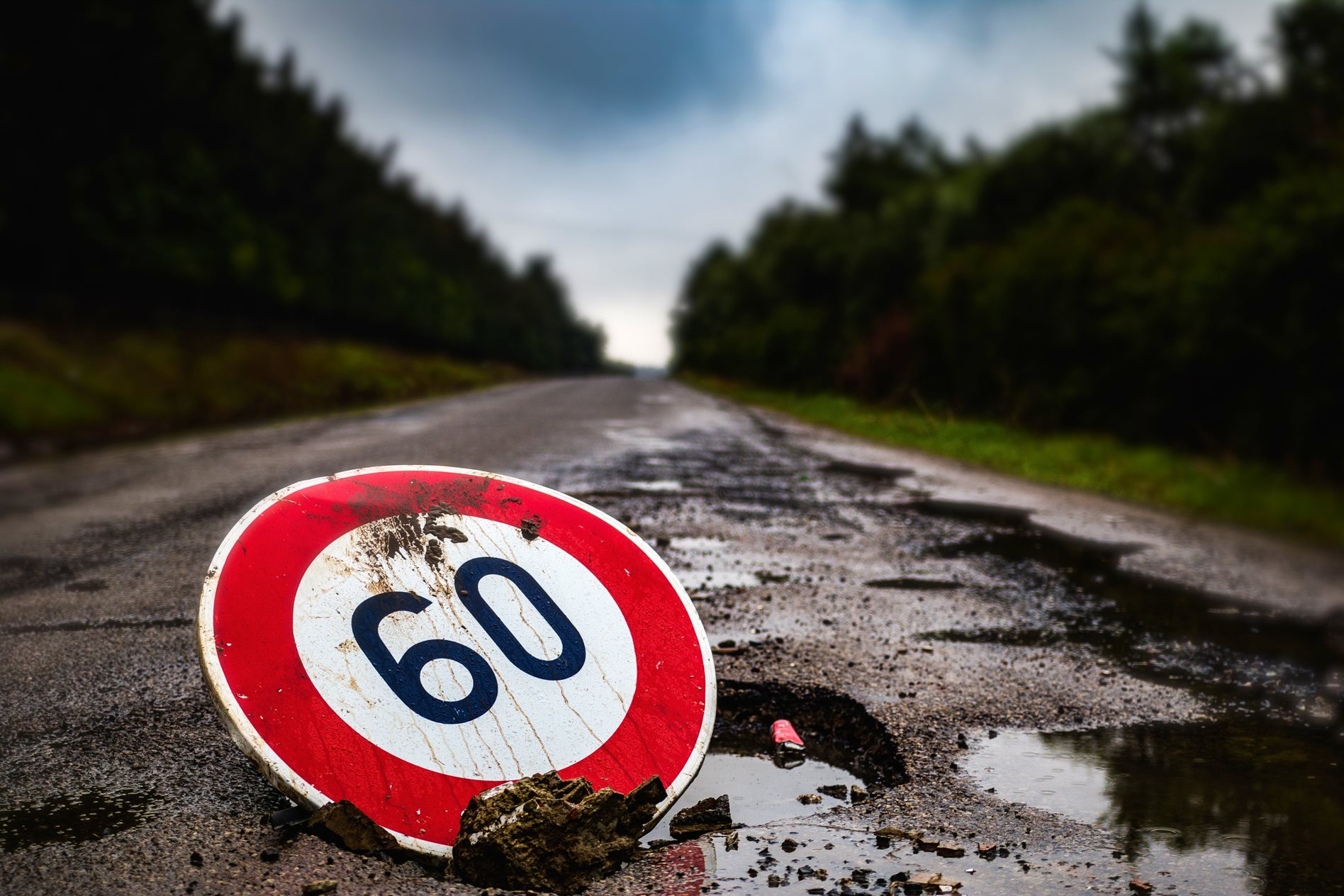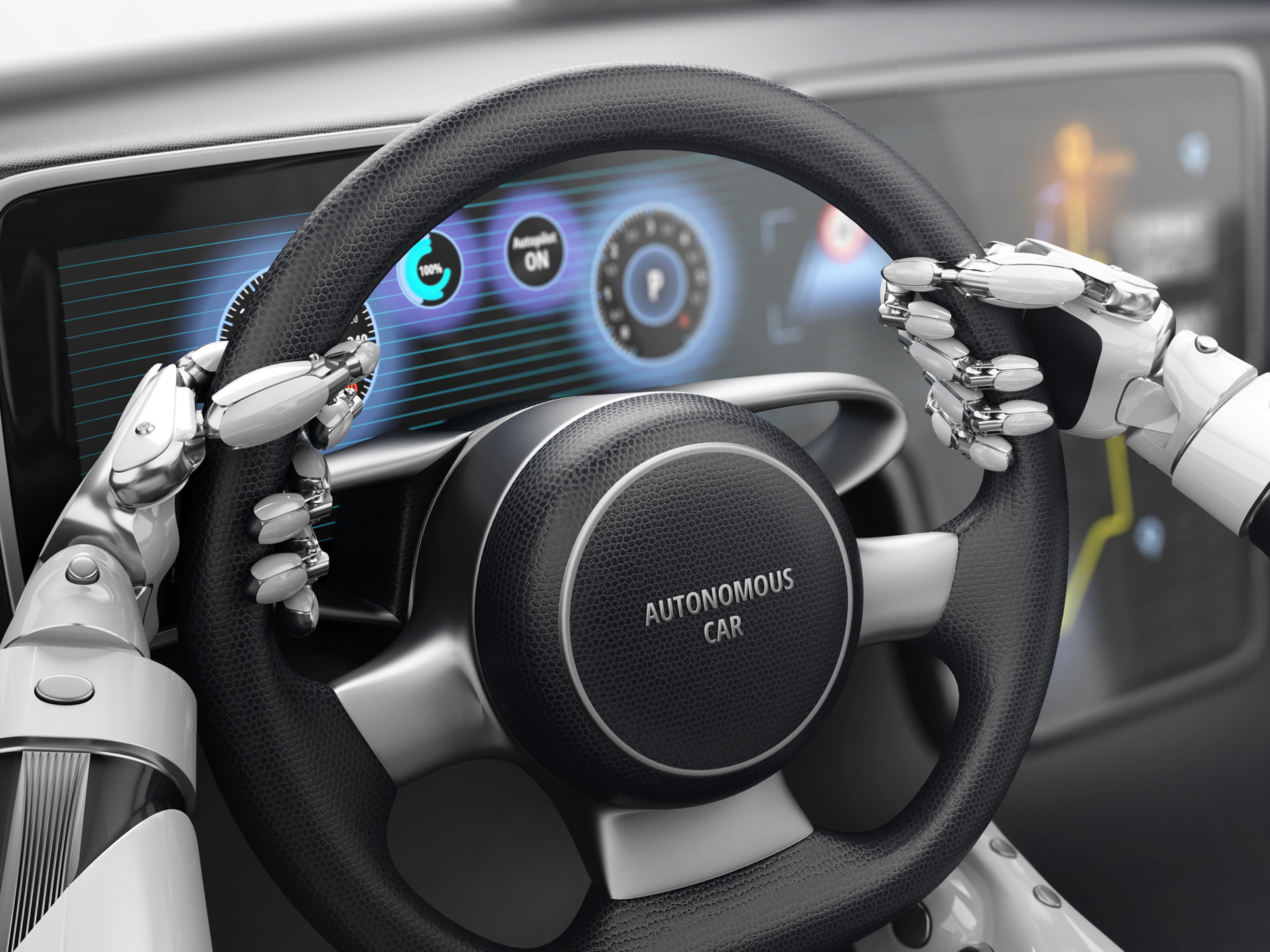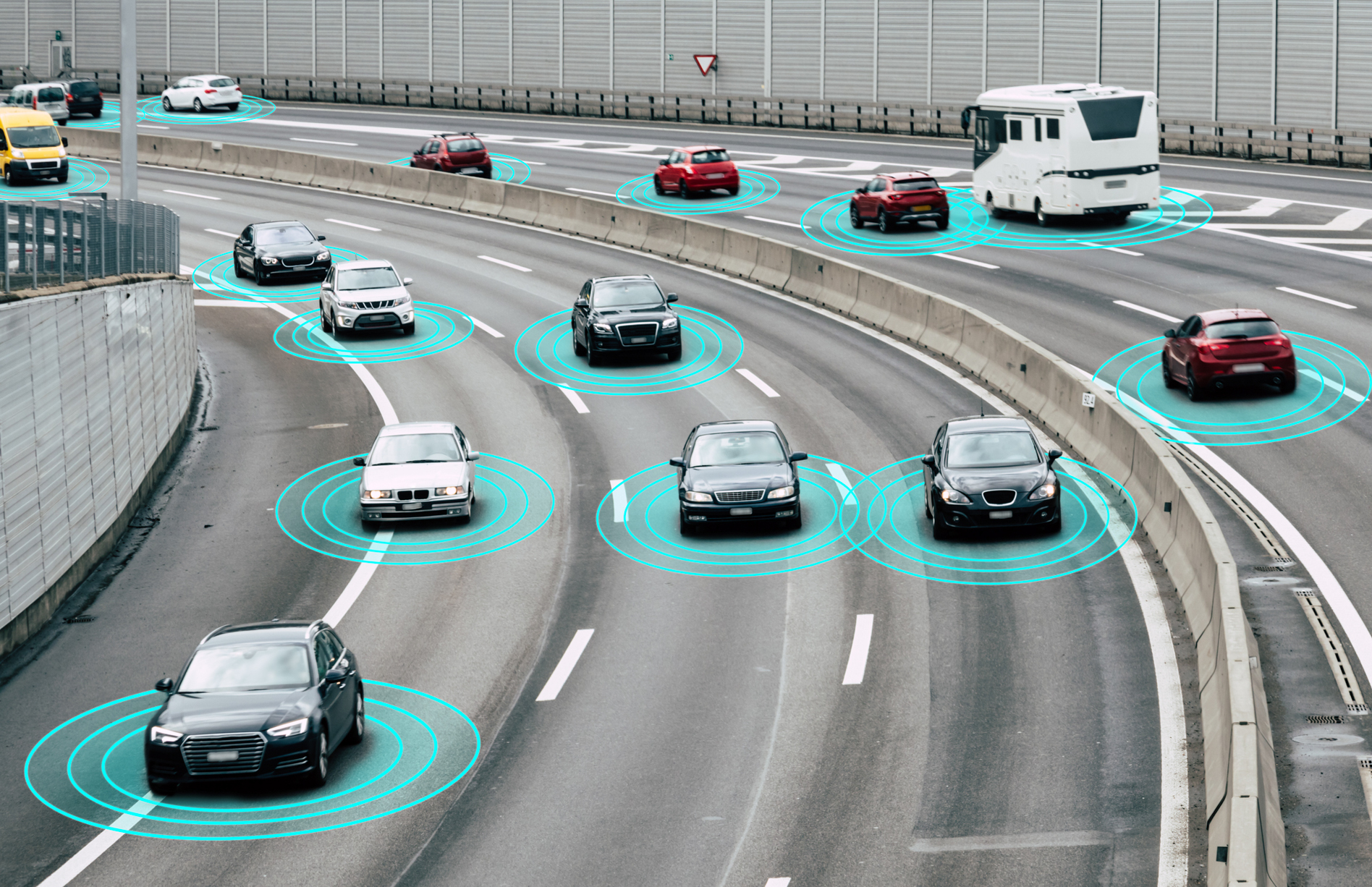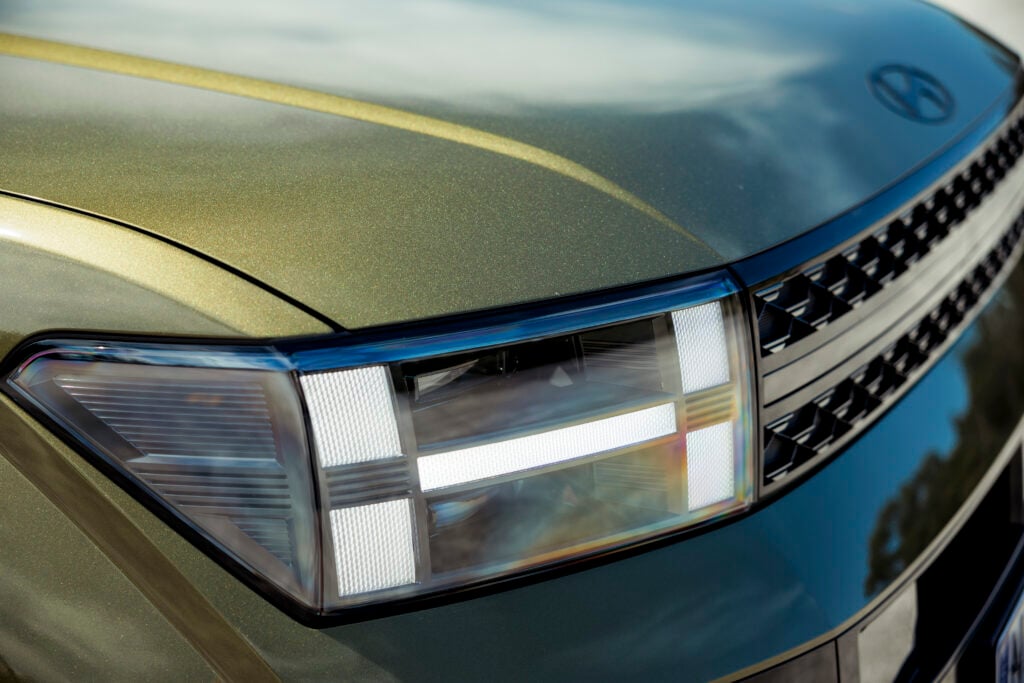
So safety bodies and car companies reckon that the world will be populated by speed restricted cars by sometime halfway through the next decade, do they? Do they believe that by restricting traffic to signposted maximums by dint of technology, they will be reducing injury and death counts?
Tell ‘em they’re dreaming.
As technological pipe dreams go, this is right up there with internet fridges and 3D television; sounds great on paper, but guaranteed to fail the ultimate test; the one at the cash register.

To quickly recap; car companies in conjunction with safety bodies like Euro NCAP and even the United Nations are working towards legislation that will force car makers to limit the speeds of cars produced from 2022 to what’s displayed on roadside signage.
See previous line about dreaming.
Let me go on the record and state that one road death is too many, and the fact that people are still dying on our roads in 2019 is as baffling as it is tragic. Is technology – in particular, technology that’s currently in use and just around the corner in the automotive space – the answer? In my opinion, nope.
Much of the stuff being talked about in terms of tech to manage this supposed roll-out already exists. A twenty-grand Citroen C3, for example, can read a speed sign with surprising accuracy, and it’ll even prompt the driver to set the speed limiter of the car to the speed on the sign.
Adaptive cruise control systems on humble Volkswagen Golfs, too, can do an astonishing job of keeping the car rolling through traffic and steering itself between painted lines.
So where’s the problem? Well, there’s 400,000km of roads in Australia standing between an effective, meaningful roll-out, for a start, with eight state and territory governments all controlling different elements of the network.
There is no single road sign standard, no cooperation on speed zone standards, no uniformity of line marking… all elements that this technology will need to actually work.
For example, drive through a school zone on a Saturday morning, and the Citroen will tell you to travel 40km/h. That’s what the sign says, right? I tried to tally up the speed zone changes on my 70km commute and gave up at 25. Rolling waves of commuter traffic, all changing speeds at short intervals… it simply won’t work.

And as for country road and outback driving…
A senior BMW engineering chief once told me, too, that he ‘only’ needs five million kilometres of testing to develop a regular car like a 5 Series. A self-driving car needs more like 500 million, so figure on speed limitation tech needing around 100 million, to be generous. All within a handful of years.
Current on-car tech, too, is fallible. Subaru’s EyeSight safety system can be stymied by direct sunlight and dirty windscreens, for example, while radar and LIDAR detectors on front grilles can be disabled by bug guts. What happens if the tech fails in the midst of a conga line of controlled cars?
Of course, the tech is improving, but it’s still an outdoors technology that’s ultimately cost-limited. A Merc S-Class’s camera tech will be brilliant, but you’ll pay for it.
And then there’s the soft, squishy nut behind the wheel to consider. If, by some miracle, every single car in Australia converted to speed-restricted operation on January 1, 2024, great!
Assuming every speed sign in existence was up to code, every road marker was redone and every road itself was in tip-top shape – and laws were in place to ensure compliance – then we are good to go.

Doesn’t sound especially feasible, does it? If there is even just one 2019 non-compliant Toyota Corolla in the mix, then the system is flawed at an operational level.
What is also pretty disturbing about all this, too, is the assumption that everyone will just happily go along with buying cars that are effectively nobbled by law. You could buy a 2024 Audi S4, for example, or look at a really nice second-hand version from 2018… new car dealers will love that.
And even if you did buy a restricted car, it wouldn’t take much to re-flash the on-board computer and remove the limiters.
There are a vast number of reasons behind injuries and deaths on our roads, including inadequate training for young drivers, mobile device distraction, drink and drug-affected drivers and – in this era of more work for static pay – fatigue.
Our governments will also tell you that speed is a huge factor, and they have the $1.5 billion a year in consolidated… sorry, prevention revenue to show for it.
Which government in their right mind is going to vote away that kind of windfall? Don’t forget, it’ll have to find the money to update and upgrade our road infrastructure to suit the new speedless utopia, as well.
There is an easy way around all of it, though, and companies like Volvo are most of the way there in their thinking around limiting their cars to 180km/h.
Why not take that notion a step further and simply mechanically limit every car to, say, 125km/h? No infrastructure changes needed, no radars, no GPS.
It won’t solve the speeding problem outright, and stupid/drunk/drugged people will still find ways to screw up, but it’s a uniform rule that’s easy to enforce. No one NEEDS to do more than 110km/h, right?
I might sound like a jaded, cynical old bastard, but this really is a flawed pipe dream at best. Can it happen? Sure, but it won’t be in the next decade.
Love to hear your thoughts in the comments section below.



